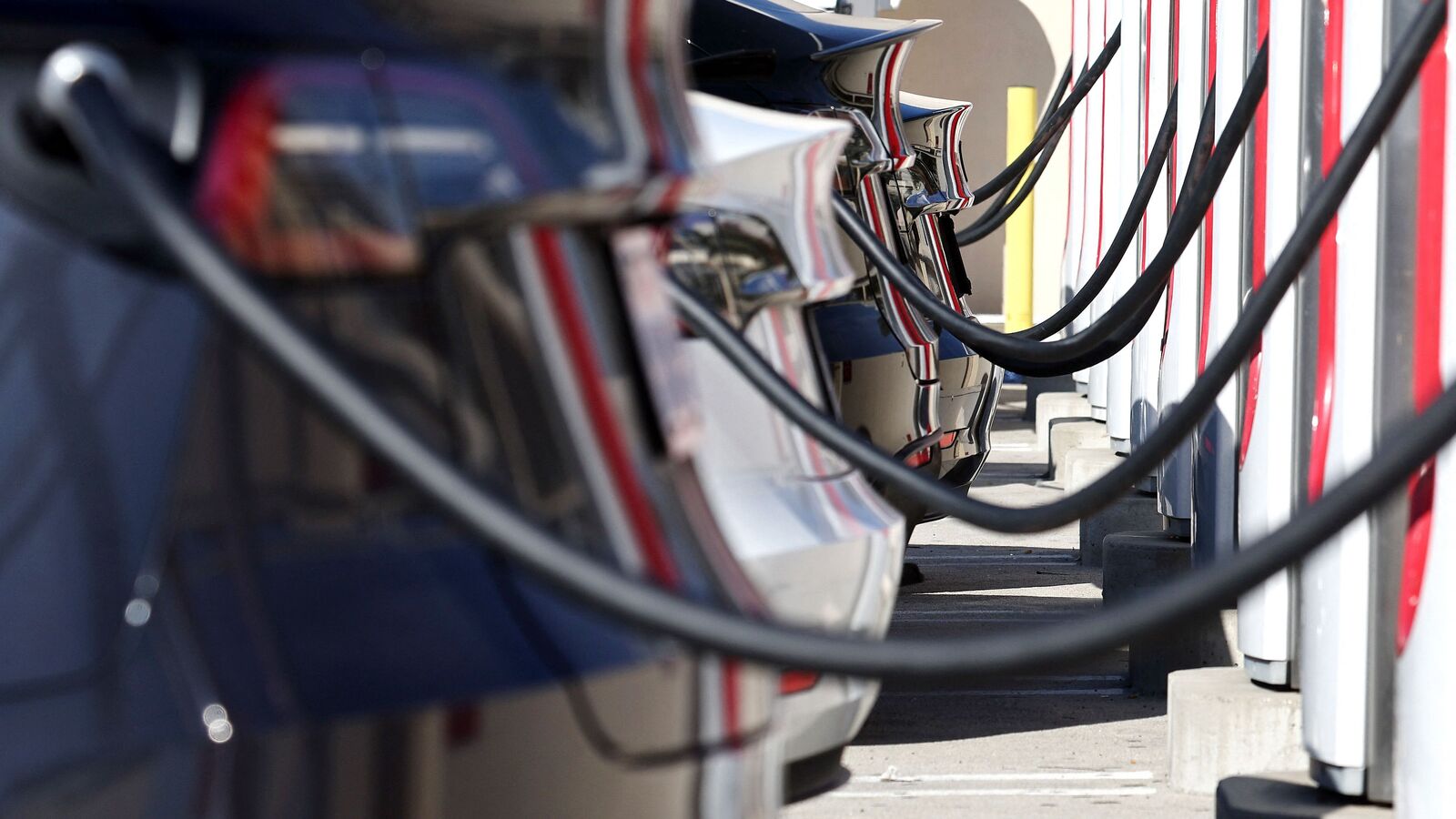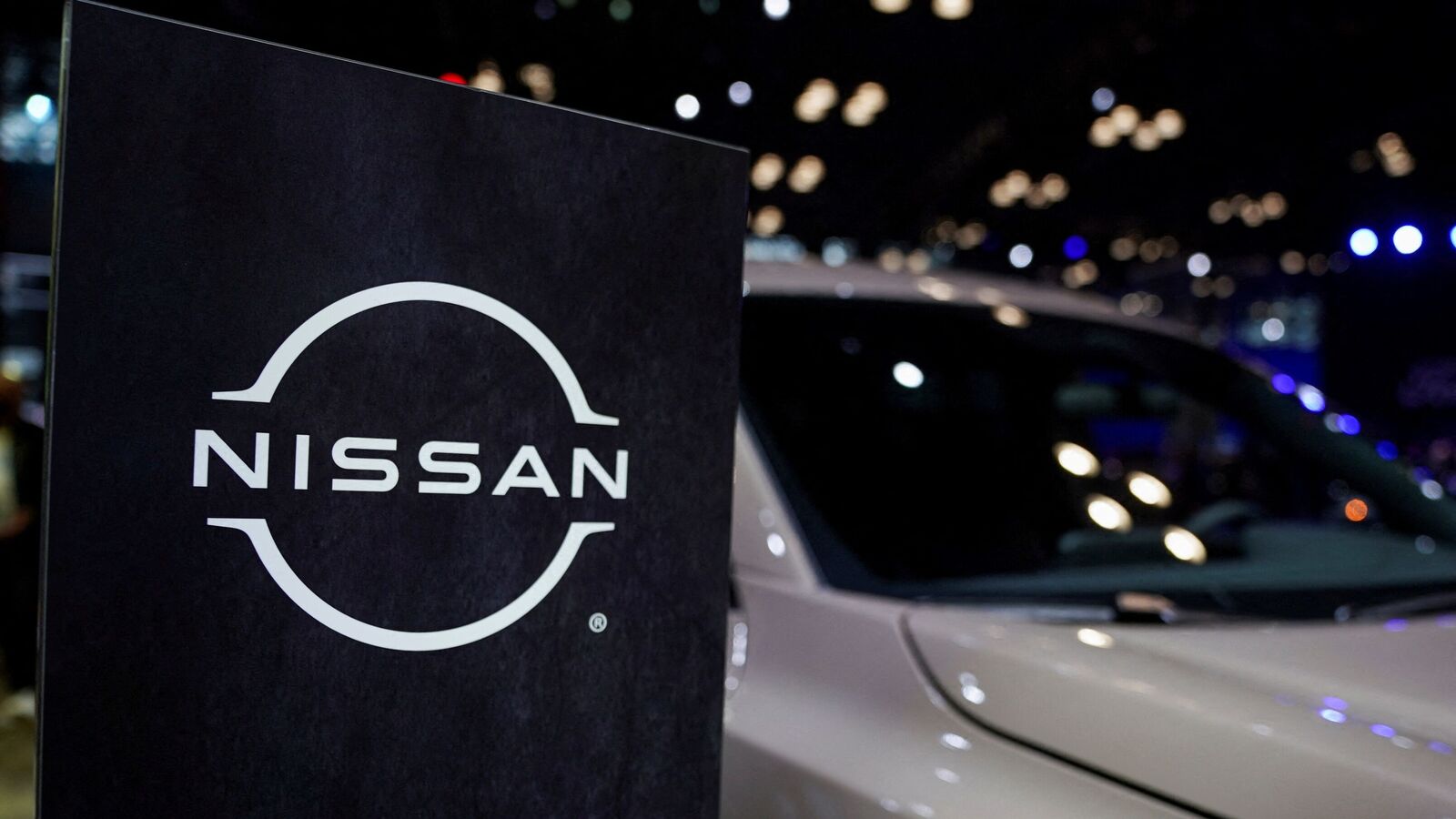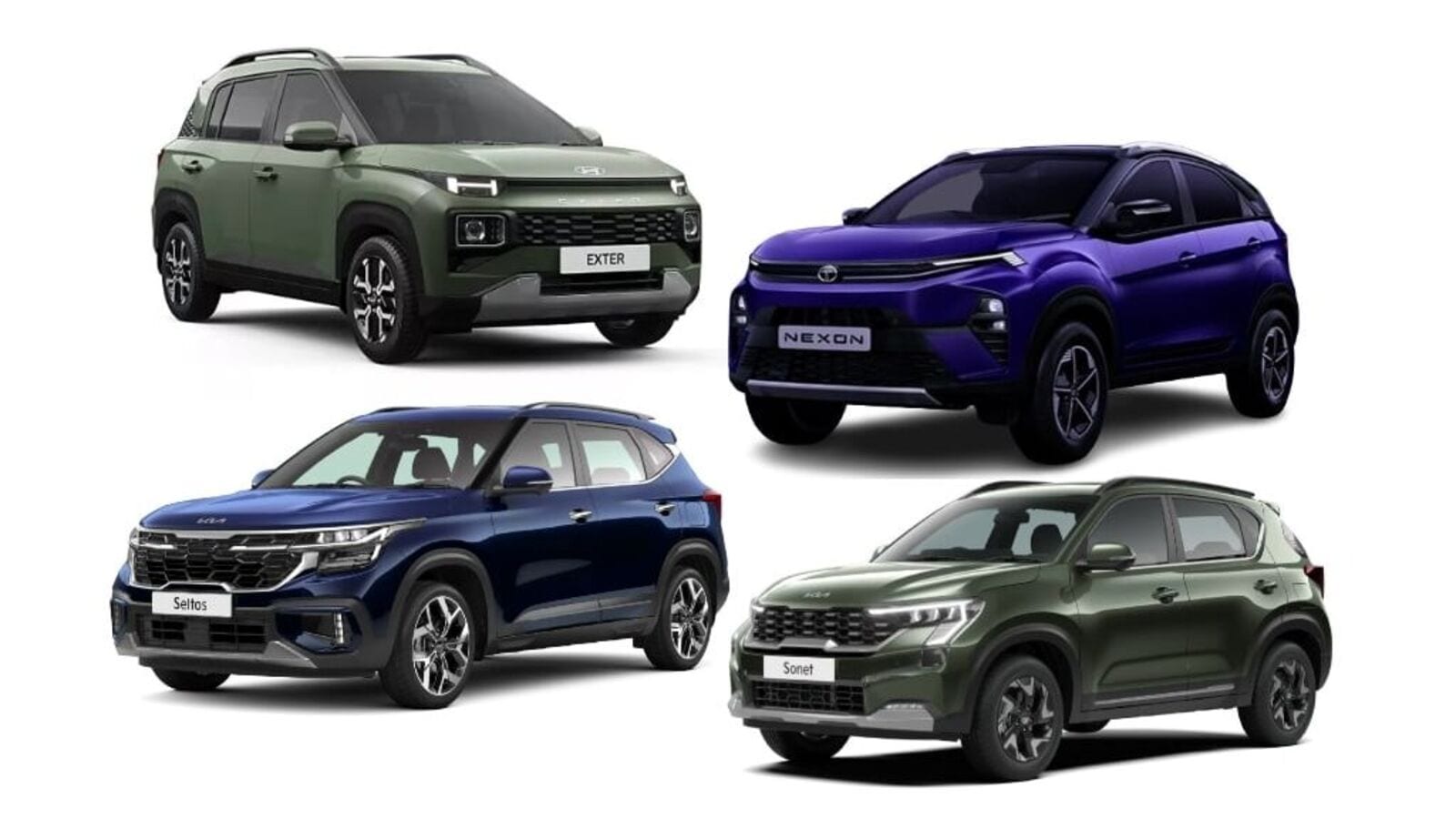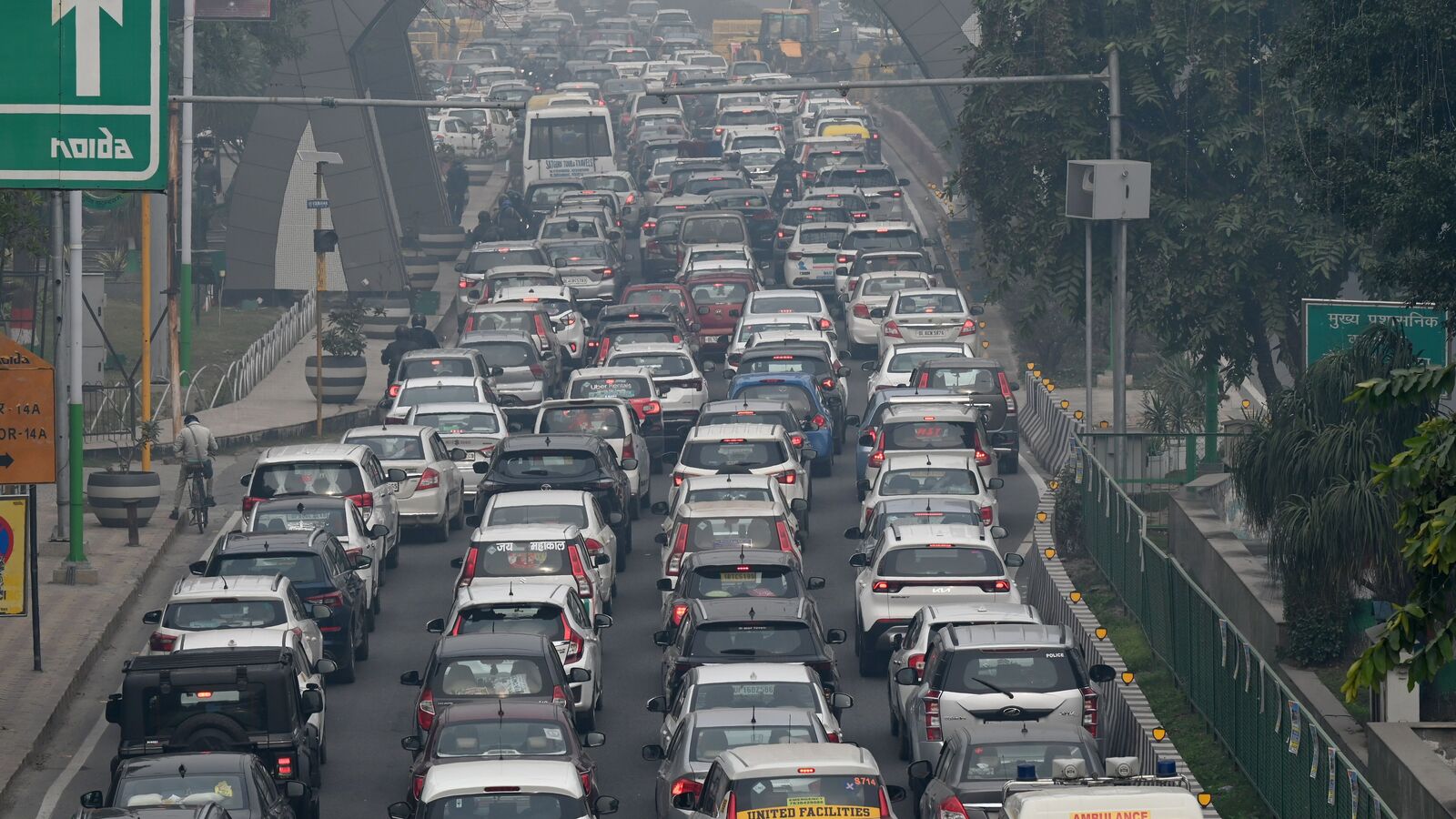Last Updated:
Maruti Suzuki sold 3.25 lakh vehicles on Diwali, Tata Motors' SUV Nexon sales increased by 73%, Hyundai also registered 30% growth, total sales jumped by 35%.
in sales record break growth
Navratri New from the first day of GST Rates Applicable happenedDue to which all small and big vehicles became cheaper. Because of this, car sales Growth of There was hope and that is what happened. Navratri From Diwali There was an increase in sales during the period till 2017. According to preliminary estimates, compared to last year In This Year sales In 15% From 35% till of year after year ,YoY) An increase has been registered. highest demand suv And electric trains of doing, Lonely Dhanteras Of Day 51 Thousand From More New vehicles customers To delivered of went, Who That One record Is,
- To all More vehicles to sell the one companies
1. Maruti Suzuki ,Maruti Suzuki bunny number 1
Maruti Suzuki Remained at the forefront in terms of sales. This company sold a total of 3.25 lakh vehicles and sold approximately 4.50 lakh booking Found. Maruti's Desire It continues to be people's first choice.
2. Tata Motors at second place (Tata Motors)
Bye motors by Too Extraordinary Display Did, whose sales In last Year Of competition About 33% of increase Hui, Bye by One Lakh From More vehicles delivered did, This growth In Bye of suvs Of Big Contribution remained, suv segment In Nexon of Plenty demand doing, whose sales In 73% of increase Hui And 38 Thousand From More units sold, Punch by Too Good Display Did, whose sales 29% by increasing 32 Thousand units Reached. Along with this the company has more than 10 thousand electric vehicles delivered which EVs Shows the increasing inclination of people towards.
3. At number three Hyundai ,Hyundai)
festival during the season Hyundai reported a nearly 30% increase in sales to an average of 2,500 per day units of delivery of. 10% more in inquiries during this period booking There was an increase of about 17%.








